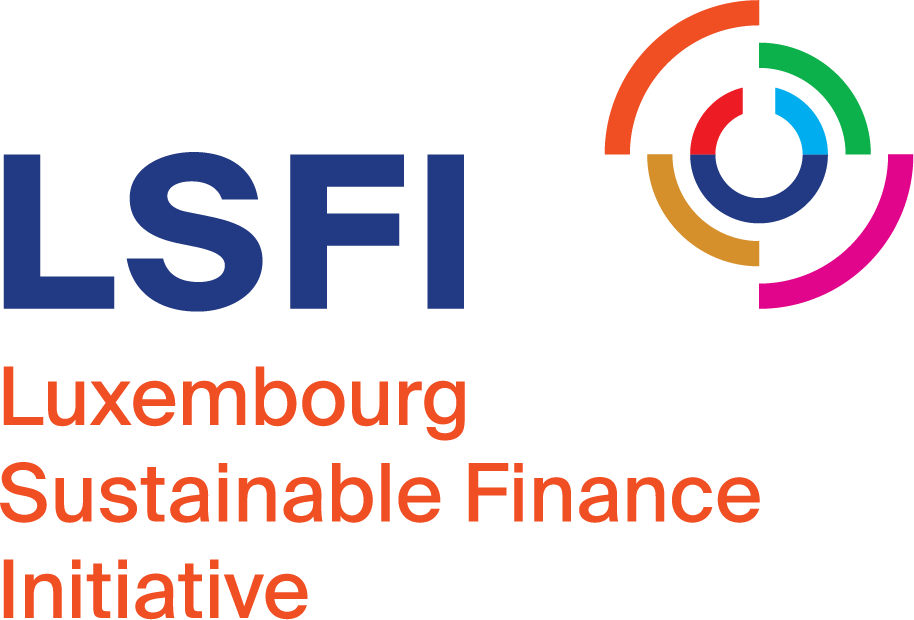Low Carbon Benchmark Regulation
The Low Carbon Benchmark Regulation (Regulation (EU) 2019/2089) is a Regulation established by the European Commission that introduces two types of low carbon benchmarks:
- The EU Paris-Aligned Benchmark (EU PAB);
- The EU Climate Transition Benchmark (EU CTB).
The Regulation requires benchmark administrators to disclose certain information on the specific characteristics of the above-mentioned low carbon benchmarks.
The Regulation is complemented with a Delegated Regulation established by the European Commission detailing the minimum standards for the two types of low carbon benchmarks (Commission Delegated Regulation (EU) 2020/1818).
The main characteristics of the two benchmarks are the following:
- The EU PAB is a benchmark specifically aligned to the goals of the Paris Agreement that seek to limit the rise in global temperatures to well below 2°C above pre-industrial levels and to pursue efforts to keep the increase to 1.5°C. This includes a 50% reduction in carbon intensity versus the investable universe, followed by a 7% year-on-year decarbonization. Moreover, companies significantly harming one or more environmental objectives of the EU Taxonomy shall be excluded from the constituents. Visit the EU Taxonomy section for further information;
- The EU CTB is a benchmark where the underlying assets are selected, weighted or excluded so that the resulting benchmark portfolio provides for a “decarbonization trajectory”. This trajectory is defined in the Low Carbon Benchmark Regulation as a “measurable, science-based and time-bound movement towards alignment with the objectives of the Paris Agreement”. This is ensured by selecting and weighting underlying constituents to achieve a 30% reduction in carbon intensity versus the investable universe, followed by a 7% year-on-year decarbonization trajectory.
The Low Carbon Benchmark Regulation amends the existing Benchmark Regulation (Regulation (EU) 2016/1011) by introducing the concepts for two above-mentioned low carbon benchmarks.
The Low Carbon Benchmark Regulation aims to reallocate capital towards climate-friendly investments per the Paris Agreement goals.
Benchmark administrators are required to disclose specific sustainability-related information on the methodology used and shall not make misleading low-carbon claims on the nature of the benchmark they create. Therefore, the Regulation intends to provide investors with transparent and comparable low-carbon benchmarks that they can rely on and which support their low carbon-focused investment strategies. They can also be used to measure their investment portfolios’ financial performances.
The Low Carbon Benchmark Regulation applies to benchmark administrators. The Regulation may also indirectly impact Undertakings for Collective Investment in Transferable Securities (UCITS) and Alternative Investment Funds (AIFs) to the extent they are users of benchmarks, as well as other financial market participants who contribute to such benchmarks.
The benchmarks apply to both equities and corporate bonds. They can be used by investors pursuing low-carbon investment strategies and as a benchmark to measure the performance of low-carbon investment portfolios.
Benchmark administrators of EU CTBs and EU PABs need to ensure that they can provide information to comply with the disclosure requirements set out in the Low Carbon Benchmark Regulation.
More specifically, the benchmark administrators of EU CTBs and EU PABs have to publish in their methodology documents and benchmark statements information on, amongst others:
- The approach and weights used for selecting the benchmarks’ constituents;
- Information on excluded assets;
- The methodology used to calculate underlying assets’ carbon emissions;
- The type and source of data used.
Both benchmarks are linked to the commitments laid down in the Paris Agreement. Therefore, when selecting the constituents of the benchmark, the 1,5°C scenario must be used, with no or limited overshoot, as referred to in the Special Report on Global Warming of 1,5°C from the Intergovernmental Panel on Climate Change (IPCC) (IPCC scenario). The Commission’s objective to reach net zero greenhouse gas (GHG) emissions by 2050, set out in the European Green Deal, is in line with the IPCC scenario.
Financial market participants (FMPs) that are users of the EU CTBs and EU PABs need to understand the methodologies used by benchmark administrators to integrate those benchmarks into the investment process properly. Moreover, FMPs located in the EU and outside the EU that contribute to EU CTBs and EU PABs (i.e., that provide input data to benchmark administrators) need to understand what information administrators need to receive to comply with their disclosure obligations.
The Low Carbon Benchmark Regulation is mainly linked to the Sustainable Finance Disclosure Regulation (SFDR). In particular, Article 9 (3) of the SFDR requires financial market participants who use a benchmark qualifying as EU CTB or EU PAB for their financial products with carbon emission reduction as an objective to:
- Provide a detailed explanation in the SFDR pre-contractual template on how the continued effort to attain the objective of reducing carbon emissions is ensured by using that benchmark;
- Include a hyperlink to the methodology used to calculate those benchmarks.
Visit SFDR for more information.
There are no specific adaptations in the Luxembourg regulatory framework with regards to this matter.
- 09 December 2019: Publication of the Low Carbon Benchmark Regulation (Regulation (EU) 2019/2089) in the Official Journal of the European Union;
- 10 December 2019: Entry into force of the Low Carbon Benchmark Regulation (Regulation (EU) 2019/2089);
- 30 April 2020: Benchmark administrators have to comply with the reporting requirements;
- 03 December 2020: Publication of the European Commission Delegated Regulation (EU) 2020/1818 in the Official Journal of the European Union;
- 23 December 2020: Entry into force of the European Commission Delegated Regulation (EU) 2020/1818.
- March 2018: The European Commission announced forthcoming measures to enhance the ESG transparency of benchmark methodologies and an initiative to develop standards for the methodology of low carbon benchmarks in the European Union. A Technical Expert Group (TEG) was set up to assist the European Commission to achieve these objectives;
- September 2019: The TEG published the “Climate benchmarks and benchmarks’ ESG disclosures” report containing the TEG’s recommendations on standardized disclosures;
- 09 December 2019: The EU Low Carbon Benchmark Regulation was published in the Official Journal of the European Union;
- 10 December 2019: the EU Low Carbon Benchmark Regulation entered into application;
- 17 July 2020: the European Commission adopted new rules setting out minimum technical requirements for the methodology of EU low carbon benchmarks.
Currently, there is no consultation process open or pending.
- Final TEG Report on Benchmarks
- Low Carbon Benchmark Regulation – Regulation (EU) 2019/2089 amending Regulation (EU) 2016/1011 as regards EU Climate Transition Benchmarks, EU Paris-aligned Benchmarks and sustainability-related disclosures for benchmarks
- Commission Delegated Regulation (EU) 2020/1818 of 17 July 2020 supplementing Regulation (EU) 2016/1011 as regards minimum standards for EU Climate Transition Benchmarks and EU Paris-aligned Benchmarks

